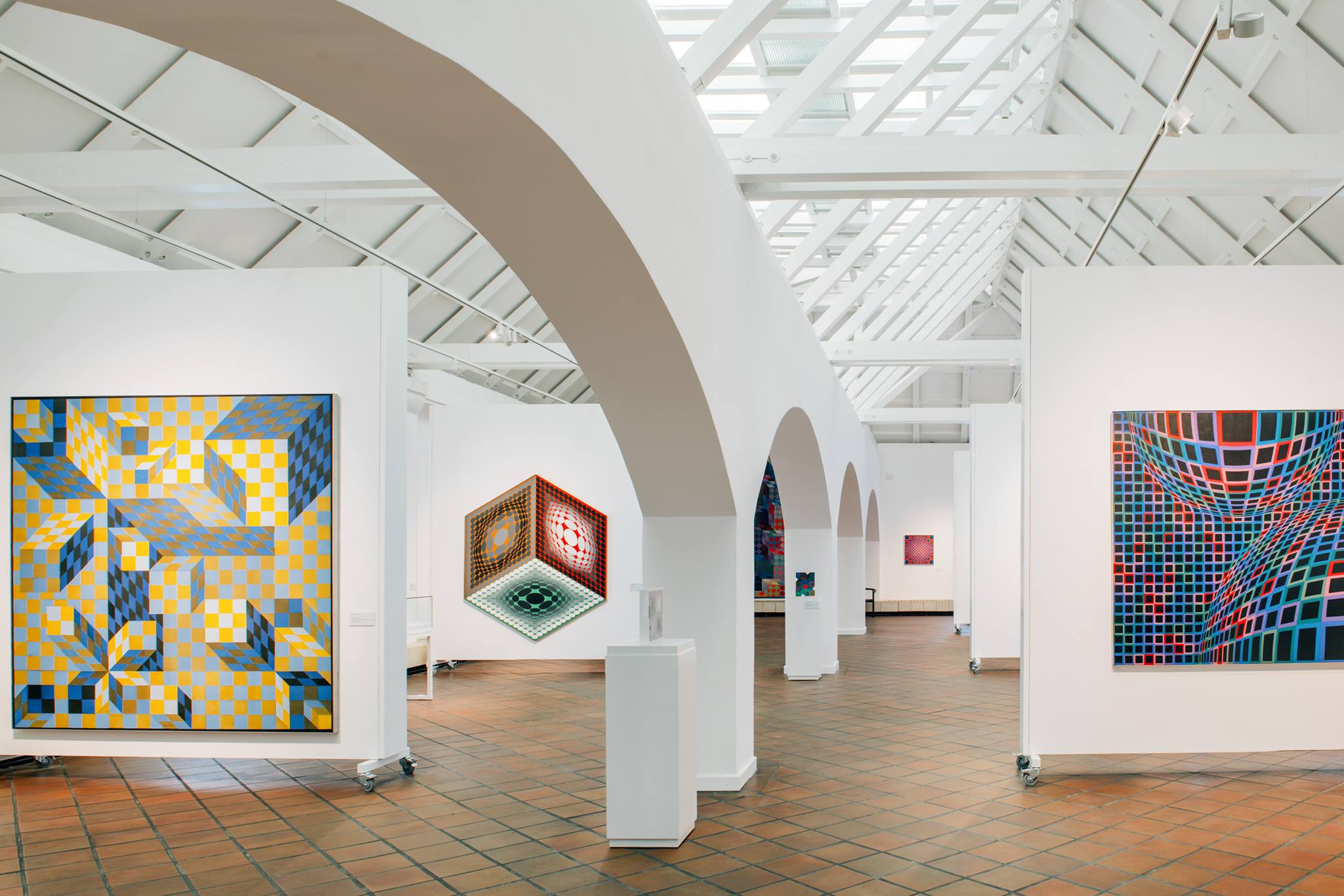The unique treasures of the Vasarely Museum

Hungarian-born artist Victor Vasarely is considered to be the leading figure of the op art movement. His unique style comes alive in the Vasarely Museum of Budapest – a great place to visit after the lockdown.
The material forming the core collection of the museum was donated by Victor Vasarely to the Hungarian State in the early eighties, and the institution opened its doors to the public in the Zichy Castle in Óbuda in 1987.
The more than four hundred unique and reproduced compositions provide a comprehensive overview of the artist’s oeuvre spanning from his early academic drawings and commercial graphics made in Hungary to his Op Art and plastic works from the sixties and seventies.
While the museum was closed for renovation from 2016-2017, a new concept was developed for the museum’s permanent exhibition. Comprising 150 artefacts and numerous documents, the material places Vasarely’s oeuvre in a new light. The five chapters taking visitors through the artist’s career presents in detail the short but all the more defining period Vasarely spent in Sándor Bortnyik’s studio.
What he learned here laid the foundation for the art of his later years in Paris and provided the starting point for the Op-art and the kinetic works that brought him worldwide fame.
The documents allowing an insight into Bortnyik’s progressive school built on the principles of the Bauhaus take visitors back to the multimedia environment that surrounded Vasarely in Budapest. The Bortnyik Studio’s educational method based on architectural principles are illustrated by artistic documentation about the participating masters, including letters, artworks, other artistic sources and furniture from Bortnyik’s estate.
A unique element of the show is the thirteen reproduced graphic works forming part of the 118-piece collection Vasarely donated to the Museum of Fine Arts in 1968; before now, these were last included in an exhibition in 1969.
The new permanent exhibition, curated by Györgyi Imre, seeks to acquaint visitors with Vasarely’s working method by bringing artistic parallels, while the reference books – specialised volumes of the library once bequeathed by the artist – as well as the optical and reproduction instruments illustrating his method also provide an important supplement.
The Vasarely Museum seeks to contextualise the physical and spiritual legacy of the artist through themes from the past and those looking ahead to the future: it is a regular venue for contemporary seasonal exhibitions addressing various problems of kinetics, geometry, colour theory and media art.
Source: www.vasarely.hu/eng

